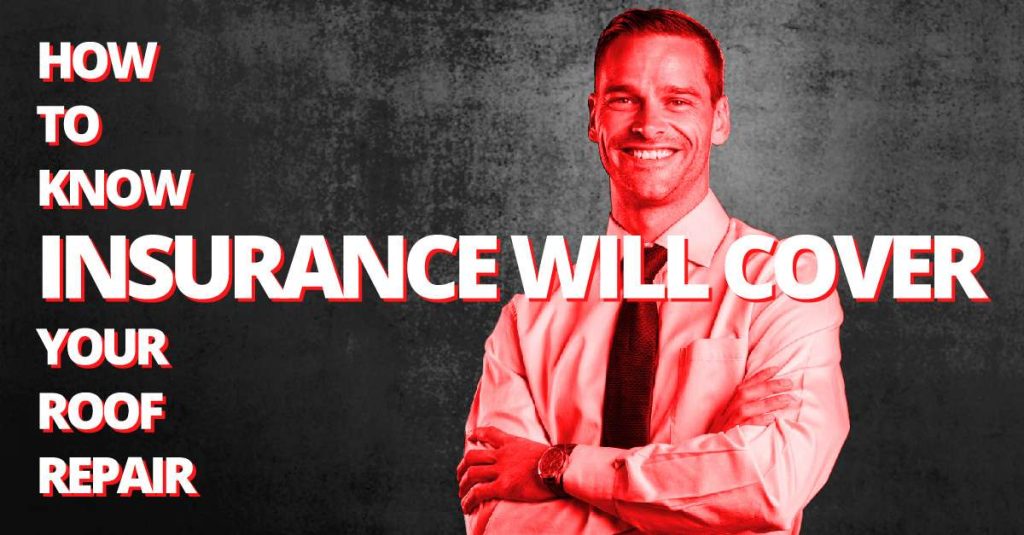It’s nice to have people in your corner when you experience roof damage.
The best people to have on your team are a dependable roofing contractor and your insurance agent. In many cases, your insurance covers roof repairs, including repairs to fix leaks. Your deductible and coverage limit will apply, but every bit helps.
Will Your Insurance Cover Costs?
Many homeowner’s policies include coverage for damage caused by Mother Nature, fire, etc. Check with your agent to see what your coverage includes.
Will Insurance Cover Roof Leaks?
Many policies cover leaks caused by unexpected damage resulting from hail, wind, or fire. On the other hand, they may not cover roof leaks caused by regular wear and tear, or if it involves an unresolved maintenance issue.
The importance of regular maintenance includes not only extending the life of your roof but also for staying abreast of repairs so when damage or a leak occurs, you have a record of repairs to show your insurance company.
What Should You Do When It’s Time to File a Claim?
Knowing what your homeowner’s insurance covers is the crucial first step in the claim process. Once you’ve determined your coverage, it’s time to take the following steps.
- Contact a qualified roofing contractor – You need to have a dependable roofing contractor who understands the insurance claim process at your side.
- File a claim – Call your insurance company to let them know about your roof damage. Once a claim is filed the process officially begins.
- Schedule to meet with your contractor and insurance adjuster – Both your roofing professional and insurance adjuster can meet to assess the property damage. Your contractor can reveal all the damage discovered during their inspection.
What Should You Look For in a Roofing Contractor?
You should hire a roofing contractor who understands the insurance claim process. Preferably local with an established business and a strong reputation in the community. You shouldn’t choose a contractor based on price solely. You often get what you pay for with contractor whose bid comes in much lower than the rest.
Never hire a contractor without verifying their liability and worker’s comp coverage, or one which hasn’t established much of a track record in the community.
AIC Roofing & Construction has your back when it comes to the insurance claim process. Call AIC Roofing today if your roof is damaged.
